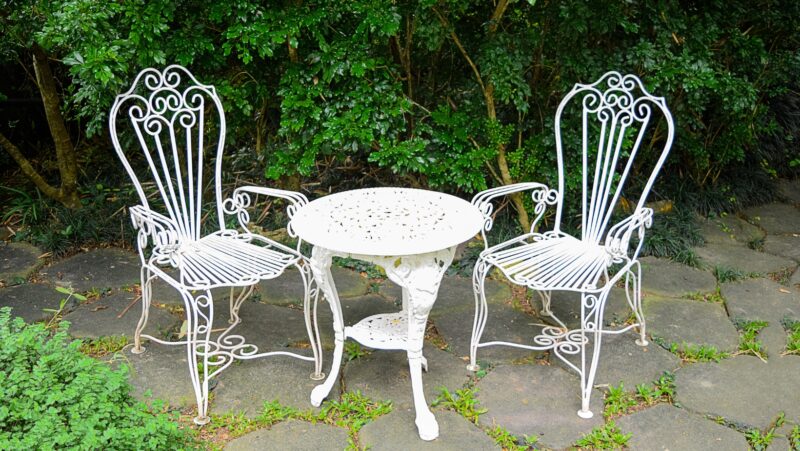
Rhododendrons are a beautiful addition to any garden, but they can be high-maintenance plants if not properly cared for. Pruning is one of the most important things you can do to keep your rhododendron healthy and looking its best. Here are some tips on how to prune your rhododendron.
What is rhododendron and why should you prune it
Rhododendron is a genus of flowering plants that includes both evergreen and deciduous species. The flowers are usually large and showy, making them popular as ornamental plants. Rhododendrons are also notable for their ability to thrive in shady, woodland conditions. While they are relatively easy to care for, rhododendrons do require periodic pruning in order to maintain their shape and size.
Pruning also encourages the plant to produce more flowers. The best time to prune rhododendrons is in late winter or early spring, before new growth begins. When pruning, be sure to remove any dead or damaged branches, as well as any that are crossing or rubbing against each other. With proper care, rhododendrons can provide years of beauty in the garden.
When is the best time to prune a rhododendron bush
The answer depends on the type of rhododendron. For evergreen varieties, the best time to prune is in late winter or early spring, before new growth begins. This will help to ensure that the plant has time to recover from the pruning before the growing season begins. For deciduous varieties, on the other hand, the best time to prune is in late summer or early fall, after the bloom period has ended.
This will help to encourage new growth and ensure that the plant remains healthy. Regardless of the type of rhododendron, however, it is always important to prune carefully and avoid damaging the plant. With a little care and attention, rhododendrons can be a beautiful addition to any garden.
how to prune rhododendron
Fortunately, pruning rhododendrons is not difficult, and just a few simple steps can keep them looking their best. The first step is to remove any dead or diseased branches. Cut these branches back to the main trunk or stem. Next, trim any stray branches that are growing outside of the plant’s natural shape. Finally, thin out the center of the plant to improve air circulation and allow more light to reach the leaves. With just a little bit of care, rhododendrons will continue to thrive and add beauty to any landscape.
What are the benefits of pruning a rhododendron
Pruning rhododendrons has a number of benefits, both for the plant and for the gardener. Pruning improves the plant’s overall health by removing dead or diseased branches, as well as those that are rubbing against each other. This allows the plant to direct its energy into new growth. Additionally, pruning encourages the plant to produce more flowers. For the gardener, pruning provides an opportunity to shape the plant and control its size. When done properly, pruning can help keep rhododendrons looking their best for years to come.
Are there any risks associated with pruning
Pruning rhododendrons is generally safe and easy to do, but there are a few risks to be aware of. First, it is important to avoid damaging the plant. Be sure to prune carefully and only remove the branches that need to be removed. Second, pruning can encourage new growth, which may not always be desirable. Be sure to prune at the correct time of year to avoid encouraging new growth that you don’t want.
Finally, pruning can also reduce the number of flowers that the plant produces. If you are planning to use the flowers for cut arrangements, be sure to leave enough on the plant to meet your needs.












